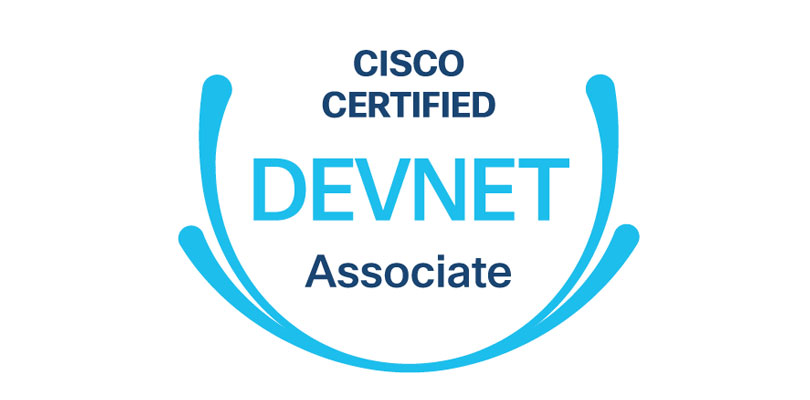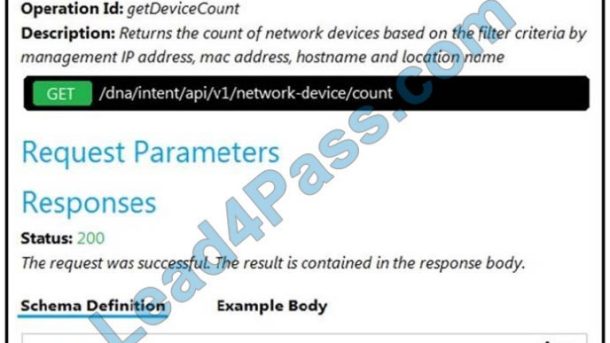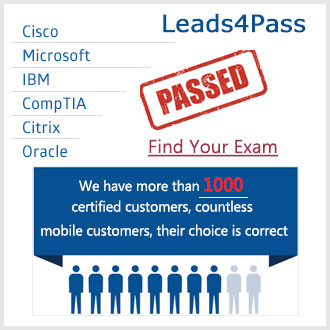
Summarize all important things about the CCDA (Cisco Certified DevNet Associate) 200-901 certification exam: 200-901 DEVASC certification value, exam plan, learning method, career planning, industry salary…
Whether you want to enter this industry or work hard for the next upgrade, you should clearly know all the relevant information of 200-901 certification, which will be explained one by one below:
- CCDA 200-901 DEVASC Certification Value
- CCDA 200-901 Exam Focus
- Develop a 200-901 Study Plan
- CCDA 200-901 practice questions online experience
- Salary & jobs
- Summarize
CCDA 200-901 DEVASC Certification Value
The CCDA 200-901 DEVASC certification holds significant value in the IT industry. It validates your skills in network automation, software development, and infrastructure programmability. This certification ishighly relevant in today’s
» Read more about: Everything Important About the CCDA 200-901 Certification Exam »
Continue reading...
